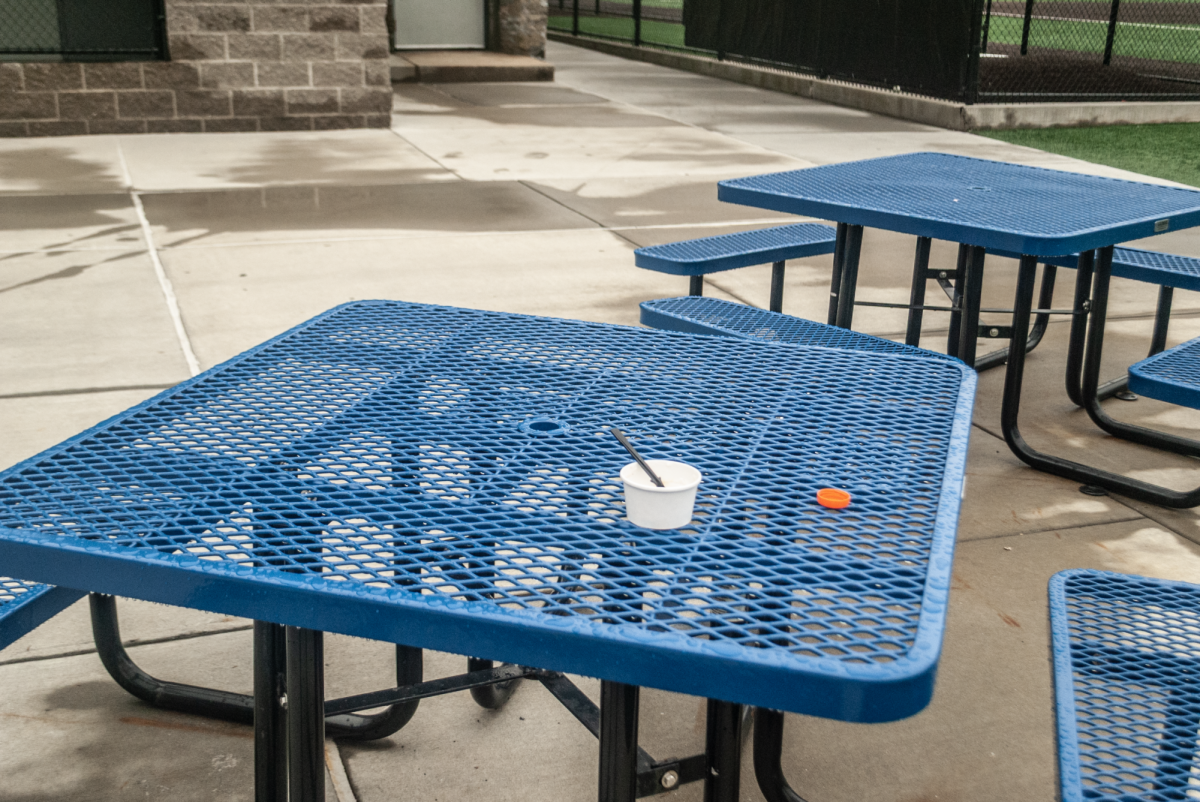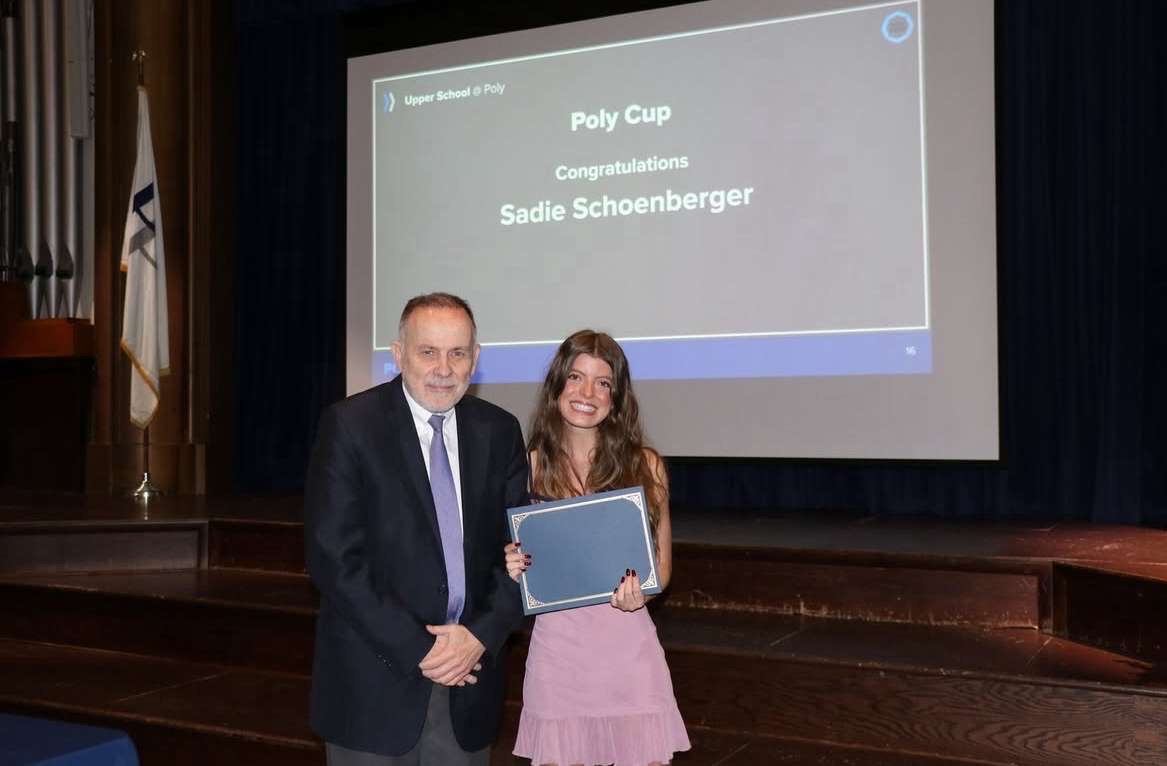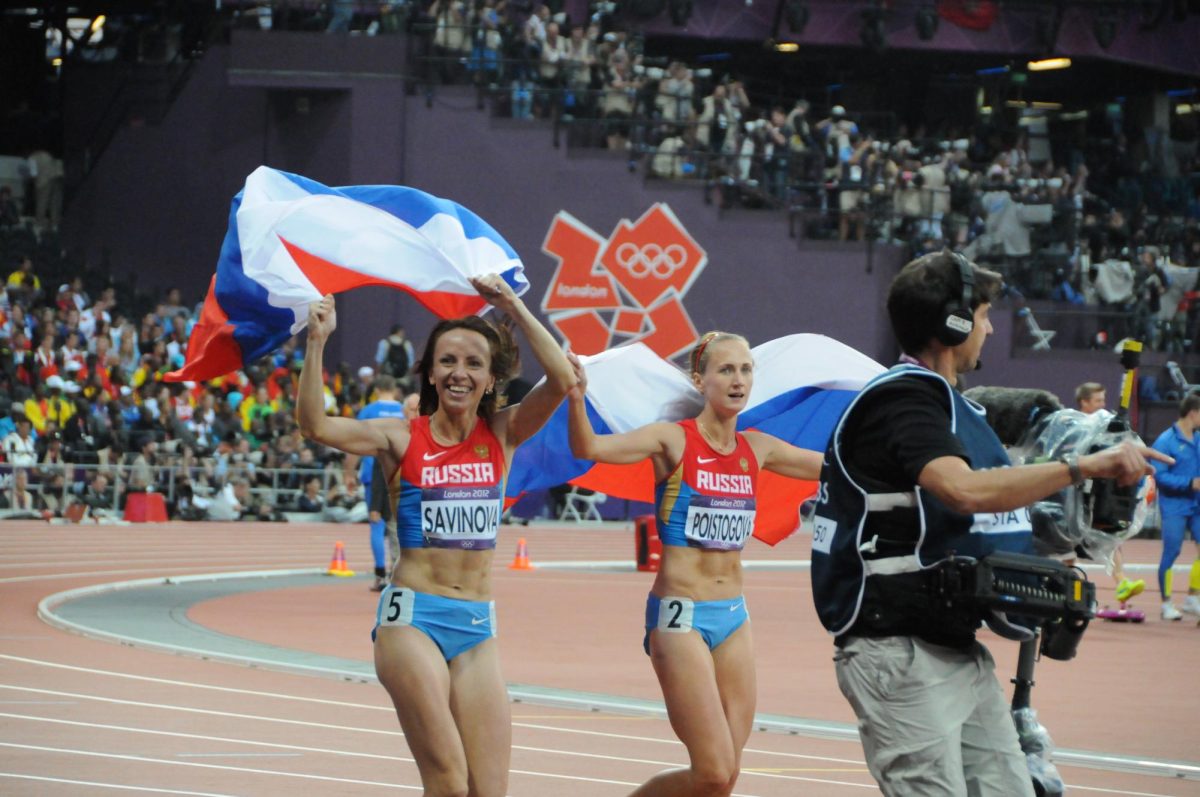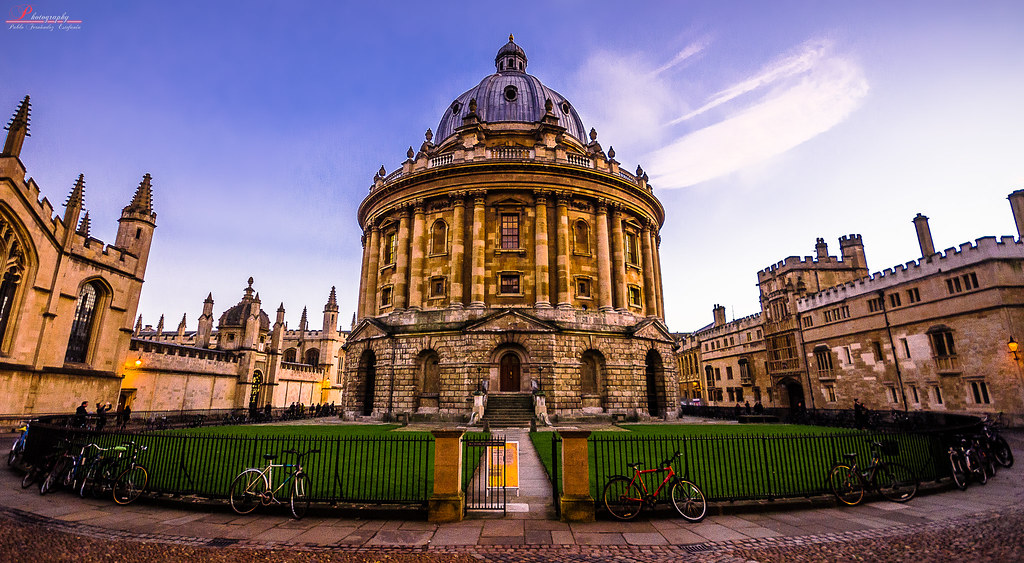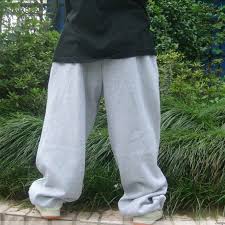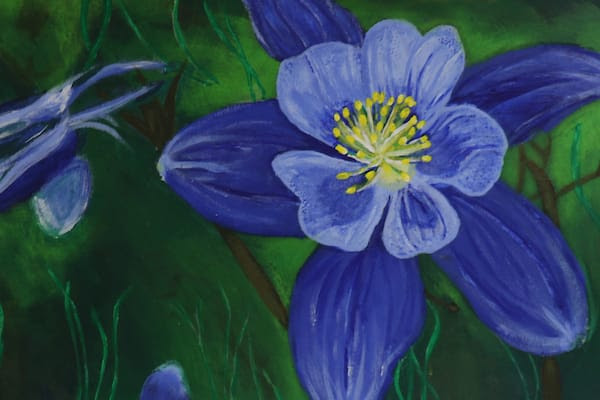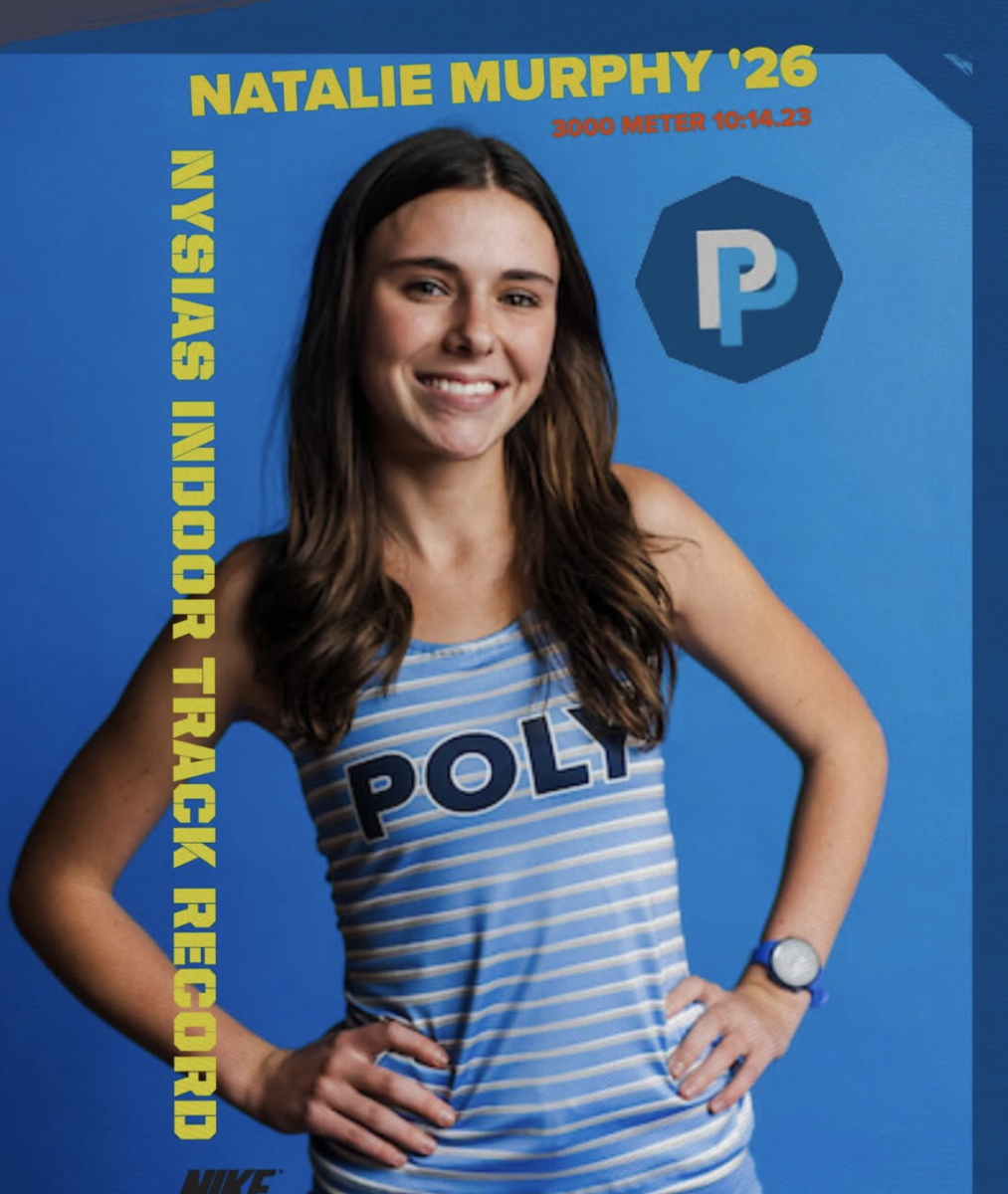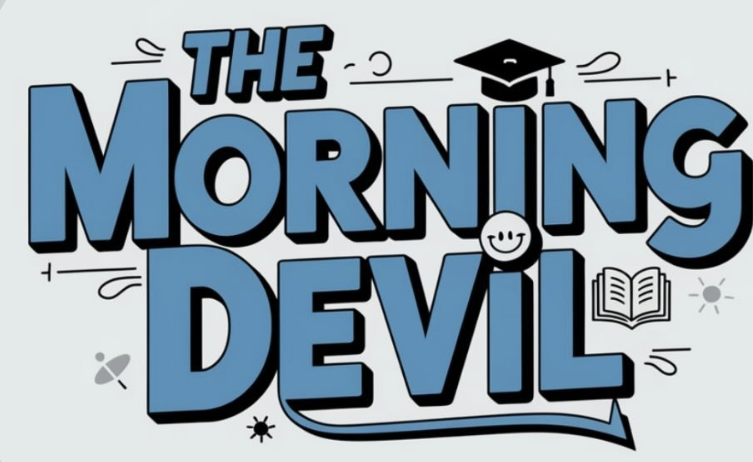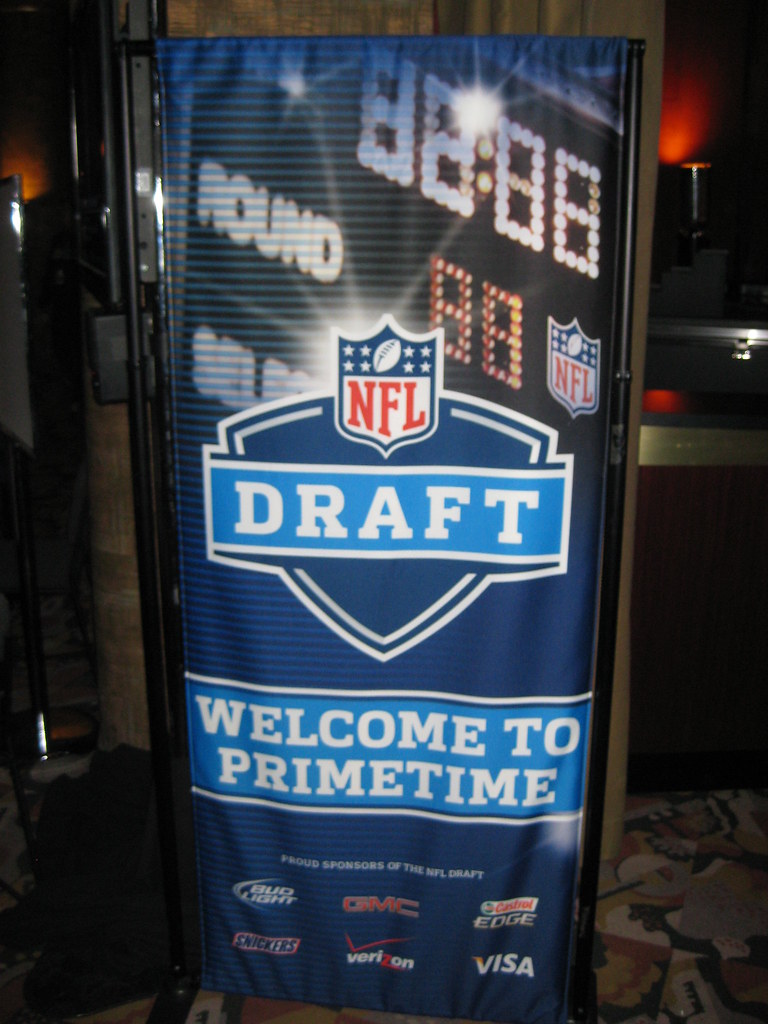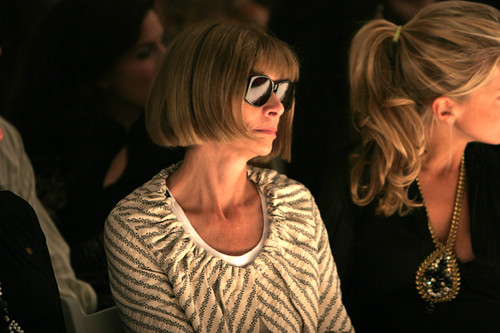
On Monday, May 5, fashion lovers, art nerds, and pop culture enthusiasts came together to watch the 2025 Met Gala. The Met Gala, formally known as the Costume Institute Benefit, is an annual charity event hosted by Vogue for the Metropolitan Museum of Art’s Costume Institute. The gala also coincides with the opening of the Costume Institute’s annual fashion exhibit, which is why the content of the exhibit typically correlates with the dress code of the gala. For example, last year’s Met Gala dress code, “The Garden of Time,” referenced the floral and botanical motifs present in that year’s Costume Institute exhibit, “Sleeping Beauties: Reawakening Fashion.” While 2023’s dress code, “In Honor of Karl,” directly aligned with the museum’s exhibit “Karl Lagerfeld: A Line of Beauty,” both paid homage to the life and legacy of the visionary fashion designer.
The Costume Institute’s head curator, Andrew Bolton, worked alongside photographer Tyler Mitchell and conceptual designer Torkwase Dyson on this year’s exhibit: “Superfine: Tailoring Black Style.” Centered on the legacy of the Black dandy —a figure known for using fashion as a tool of resistance —the exhibit is inspired by Barnard Professor Dr. Monica L. Miller’s novel, Slaves to Fashion: Black Dandyism and the Styling of Black Diasporic Identity.
A “dandy” is defined as “a man greatly concerned with the smartness of dress,” according to Collins Dictionary. In her novel, Miller explains that the concept of dandyism was forced onto Black men within Eighteenth-Century England. The goal was to constrain the Black identity by forcing Black men to dress in accordance with British styles and trends. However, Black men still found ways to remain true to their culture within the confines of English dandyism. Black men used fashion as a method of self-expression, social commentary, and transformation. From the resistance emerged Black dandyism, a form of sartorial resistance built on flamboyance and innovation.
Experts and curators at the Met used Miller’s research to make an exhibit that is “a cultural and historical examination of the Black dandy, from the figure’s emergence in Enlightenment Europe during the 18th century to 21st-century incarnations in the cosmopolitan cities of London, New York, and Paris,” according to a description on the The Met’s official website.
The exhibit will feature “drawings and prints, decorative arts, ephemera, paintings, photographs, and film excerpts by individuals whose work has been instrumental to the formation and understanding of Black identities and experiences from the 18th century to-day,” the website continues. Examples include Zora Neale Hurston’s 1934 essay Characteristics of Negro Expression and poetry by Nikki Giovanni. The exhibit consists of 12 sections that address a subtheme of Black dandyism, which Miller hand-selected as the Guest Curator of the exhibit. Some of the sections include Ownership, Champion, Freedom, and Heritage. Champion, for example, spotlights the influence and impact of Black athletes on the fashion world. At the same time, Heritage examines the intermingling of traditional African and Western styles and how this cultural exchange has given rise to the unique sartorial flair of the Black dandy.
The exhibit also commemorated the work of well-established and up-and-coming Black designers. Balmain’s creative director, Oliver Rousteing, and Grace Wales Bonner, founder of eponymous label Wales Bonner, were among the list of designers mentioned. Early pioneers of Black dandyism were also honored within the exhibit, including fashion journalist and stylist Andre Leon Talley, the first African-American male creative director of Vogue, and Daniel L. Ray, also known as Dapper Dan, a fashion designer credited with revolutionizing and popularizing streetwear.
Although the exhibit referenced figures and styles from several generations, an ongoing motif throughout the exhibit was suiting and tailoring. This aspect of the exhibit inspired the dress code of this year’s Met Gala, which was “Tailored for You.” This year’s dress code was “a nod to the exhibition’s focus on suiting and menswear—from specific silhouettes to various fabrics and accessories,” explained The Met’s official website. The dress code invites guests to interpret tailoring in creative ways, in the same vein as the Black dandy, it encourages guests to personalize the predominantly menswear-focused aspects of suiting and tailoring in their looks.
This year’s Met Gala co-chairs (whose job it is to promote the gala and exhibit), actor Coleman Domingo, music artist and designer Pharrell Williams, rapper A$AP Rocky, and Formula One driver Lewis Hamilton, each embraced and interpreted the dress code differently. Domingo entered the carpet clad in a floor-length blue cape by Valentino, the cape paid homage to Andre Leon Talley and a silk kaftan he wore to a Vogue event in the early 2000s. Underneath the cape, the actor donned a suit that featured exaggerated lapels, a window-pane plaid patterned blazer, and a polka dot necktie. Domingo embodied the eclecticism of the Black dandy.
Grammy-winning artist and men’s creative director of Louis Vuitton, Pharrell Williams sported a blazer covered in 100,000 pearls. Williams said in an interview with Vogue, “To me, dandyism is about intentionality…It’s about using style as a form of self-expression and freedom. Pearls have become a part of that for me, which is why I created a pearl double-breasted jacket for this look.”
Lewis Hamilton used his Met Gala outfit to express himself and share his interpretation of the Black dandy. Hamilton walked onto the carpet wearing an ivory suit, paired with a cowrie shell sash, burgundy beret, and a white bowtie. Hamilton worked alongside Grace Wales Bonner to create a look with intentional details and honored all the contemporary Black dandies that inspired him, such as Muhammad Ali, Nelson Mandela, and James Baldwin.
A$AP Rocky wore a custom suit from his own brand, AWGE. The rapper shared that he was inspired by Harlem-style jackets that feature similar oversized silhouettes and exaggerated collars.
Besides co-chairs, actress Joey King and music artist Janelle Monae dazzled the Met Gala steps in designs by Miu Miu and Thom Browne, respectively. King wore a green suit that was adorned in a variety of embellishments, while Monae took tailoring to a new level when her playful overcoat transformed into a deconstructed suit.
This year’s Met Gala didn’t just showcase dazzling looks; it wove fashion, history, and identity into a single, striking thread. This year’s exhibit and corresponding dress code served as reminders that tailoring is just about fabric, fit, and technique — it’s legacy and expression, stitched together with purpose.


